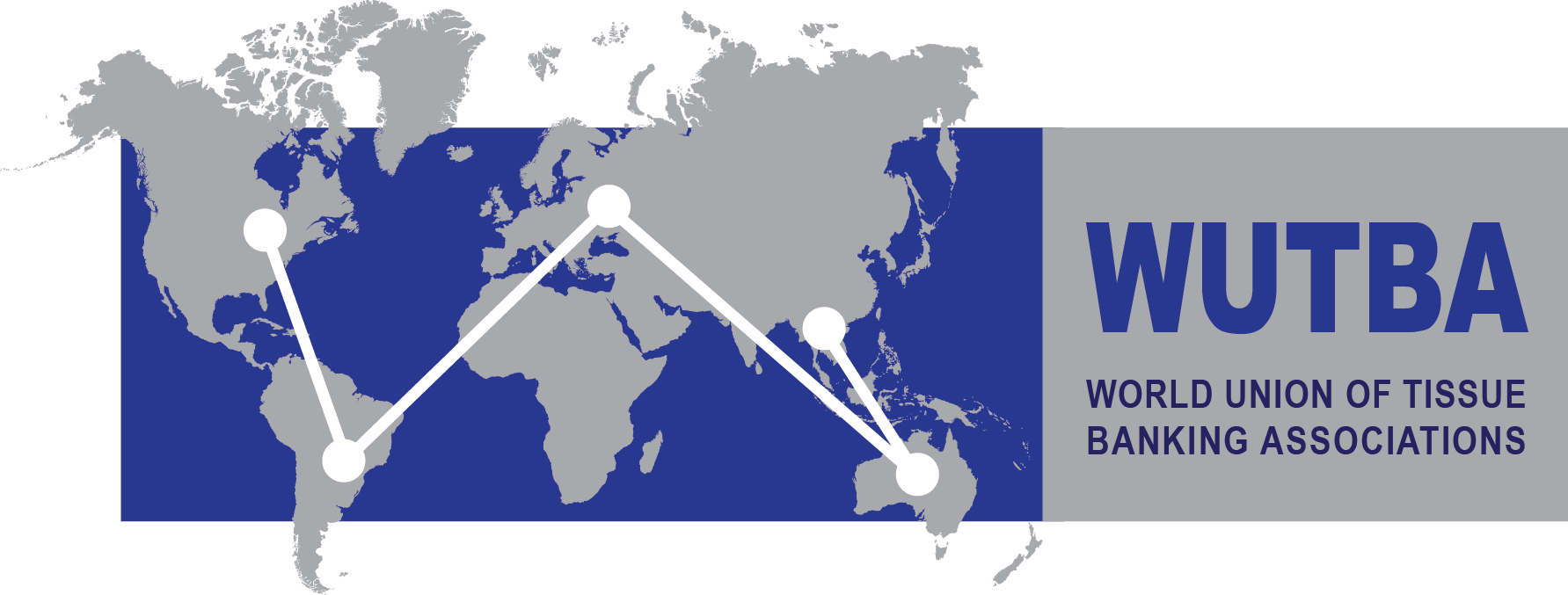Report about the SATiBA Round Table discussion
African leaders unite at SATiBA conference to address the Continent’s tissue need
November 13, Stellenbosch, SA: Key stakeholders from Sub-Sahara Africa gathered at the South African Tissue Bank Association (SATiBA) Annual Conference, putting in motion the foundation steps to develop long term tissue bank services across the Continent. The meeting, recognizing need across all tissue types, focused on eye banking, corneal tissue and corneal services. It was organized by the German Society for Tissue Transplantation (DGFG) with the support of SATiBA, the World Union of Tissue Banking Associations (WUTBA) and Global Alliance of Eye Bank Associations (GAEBA). The round table discussion was moderated by Martin Börgel, Managing Director of the DGFG.
Import of tissue is not a permanent solution.
“Again, and again the DGFG receives requests for corneal transplants. Due to the lack of a donation program, many requests come from African countries, which are dependent on imports of corneal transplants from countries such as the USA, and occasionally from Germany. A solution that reaches only a few African patients at all and cannot function in the long run”, said Börgel. Instead, a reliable, cross-border patient care structure is needed. Only the establishment of a long-term self-sustaining program for the donation, processing and transplantation of corneas opens independence for African countries. Therefore, DGFG, together with WUTBA and GAEBA, aim to establish a platform that brings together those seeking help as well as supporters: an open, location-independent space that allows knowledge transfer, hands-on help, and reliable networking. “This is exactly where this round table comes in.”
Round Table discussion: new conversations, new networks, and opportunities.
Tissue donation counselors, tissue bank staff, political representatives and medical professionals from Ethiopia, Uganda, Kenya, Nigeria, South Africa, USA, Australia, Germany, and India came together to discuss tissue donation in Africa. All participants were happy about this unique opportunity to get in touch with each other personally, to network and to talk openly about successes and challenges. Most Africans lack professional, sustainable tissue donation programs and corresponding technical and personnel infrastructures. All participants realized it is high time to work together, to bundle existing knowledge and many valuable experiences.
To learn more about the participants' contributions to the discussion, please visit the DGFG blog post.
Eye Bank of Ethiopia – a remarkable success story.
A prime example of successful international cooperation is the Eye Bank of Ethiopia. It was established and supported in 2003 with the help of Orbis International, the Ethiopian Ministry of Health and the US non-profit organization SightLife. Today, it can independently realize around 500 cornea donations per year and thus supply more than ten transplant centers in Addis Ababa and the region – a remarkable success, but the demand is still higher than the donation volume.
In Kenya and Uganda, the first right course has been set.
Kenya shows very well that there are many good approaches within an African country. Even if the number of cornea donations is low, activities take place, for example at the eye bank of the Lions SightFirst Eye Hospital in Nairobi. In Uganda, to cite another example, the national transplant law for tissue and organ donation has just been passed. In this country, there is also a willingness to improve the situation politically.
Awareness work is one key to success.
Other hurdles that must be overcome to establish a sustainable tissue donation program: fears, prejudices and misunderstandings, which are often religious and cultural. They must first be reduced and dispelled among the general population, as well as among important opinion leaders such as priests or bishops. Death is an important part of life and causes deep grief and paralysis in people. Therefore, it is important to educate people about tissue donation. Only continuous educational work and transparent communication can lead to a change in thinking among the population and to greater openness and willingness to donate. This has already been demonstrated by individual initiatives.
Educational work also very important in clinics.
Once this cultural course has been set, hospital staff and hospital management must also be educated about tissue donation and actively involved in the processes. Again, there is a lack of awareness of tissue donation, while clinics are already struggling with shortages of staff, know-how and equipment. A major challenge in this regard will be the establishment of a deceased reporting system. Most Africans die at home. Nevertheless, screening the deceased in the clinics would be enough to start a tissue donation program. Once the processes are established there, it is conceivable that this structure could be extended to other areas such as forensic medicine or mortuaries.
Better start today, than tomorrow.
The participants shared their experiences, their successes, but also failures, and made clear how different, individual, and complex the situations in the African countries currently are. It is a long way to the first successful donation. Tissue donation requires courage, perseverance, and persistence. But all the efforts are worthwhile – just for everyone who can be given a better life quality through a tissue transplant.
The discussions and reactions have shown: There is a desire to change something about the situation in one’s own country. The round table motivated the participants to become active and take the initiative. Simon Arunga, an ophthalmologist from Uganda, invited everyone in the room to continue the discussion in Mombasa, Kenya, during the next COECSA ophthalmology conference.
Special thanks to all sponsors who supported the initiative of DGFG, SATiBA, WUTBA and GAEBA by providing travel grants: Cornea Help e.V., the German Fund for the Blind (DBHW), Lions Clubs International, the Foundation of the German Lions, the Lions Club Wedemark, Geuder AG, KL medical GmbH, the Eye Cornea Bank Association of Australia and New Zealand (EBAANZ), and GAEBA itself. Without this help, a personal conference participation for the travel grant awardees would not have been possible. Thank you very much.


















